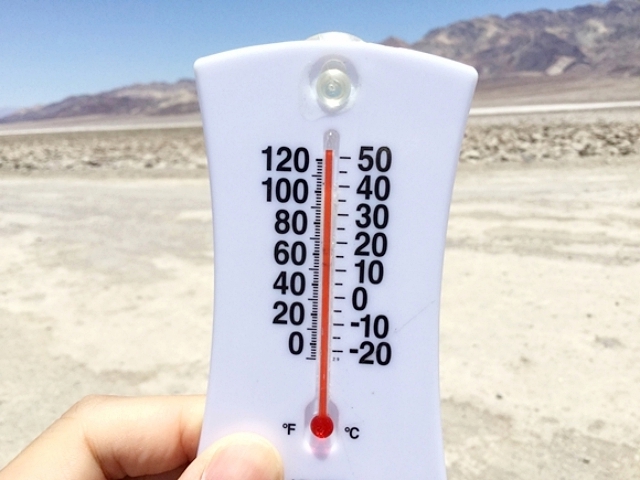
What makes Japanese summer more unbearable than the harsh heat of the desert?
Have we told you enough how hot it is in Japan right now? Just in case you’re out of the loop, Japan experienced its highest temperature ever recorded on Monday, which is over 40 degrees Celsius (104 degrees Fahrenheit), so hot that Japanese netizens are experimenting with cooking in and on their cars.
Of course, 40 degrees may not seem that hot in comparison to, say, desert heat, which can get up to 50 degrees or more. In spite of this, our Japanese language correspondent, Ahiru Neko, a seasoned traveler, thinks that the Japanese summer is far worse.
He’s been to Death Valley National Park in California, a desert and canyon landscape that has previously experienced the hottest temperature ever recorded on the Earth, so he knows about desert heat. When he visited last year, temperatures were well over 50 degrees, a full 10 degrees hotter than Japan’s current record.
Ahiru Neko says that the atmosphere there is like a dry sauna, with hot air hanging around you, oppressing you, burning; so hot that caution is necessary. The ground is so parched it crackles under your feet, all the moisture sucked into the dry air and evaporated by the sunlight.
There are no cool breezes to relieve you of this oppressive heat, and if there are any winds in Death Valley, they’re going to be hot, as if somebody turned on a rotating fan in the sauna. Anywhere you go, it’s hot and dry.
Yet, in spite of the high temperatures, hot winds, and dry weather, Ahiru Neko doesn’t remember thinking that the heat was unpleasant during his trip. That’s why, even though the temperatures in Death Valley are higher, the difference in the quality of heat between Death Valley and Japan makes Ahiru Neko convinced that Japan’s summer is worse.
The heat in Japan is actually far more unpleasant than in Death Valley, he says. The humidity is what makes it so bad; you can’t leave your house even for a moment without breaking a sweat. In most cases, by the time you finish your commute to work or school, you’re going to be drenched in sweat, your clothes will be sticky, and you will probably smell bad and feel disgusting.
What’s worse, air conditioners are rarely turned on in schools in Japan, causing students to suffer from heat stroke, and many businesses and offices keep their air conditioners to a strict 28 degrees to save energy. That means interiors are not very cool and have the same amount of humidity, so, basically, unless you take refuge in a department store, which is the only place where the AC is always blasting, you’re going to be hot and sticky all day.
By contrast, in Death Valley, Ahiru Neko didn’t sweat much, because it just evaporated into the dry atmosphere immediately. Plus, there was no lack of air-conditioned facilities there. When Ahiru Neko went into a building, it was always cool and refreshing, no matter how remote it was. There wasn’t a single building without the AC on, and that made a huge difference in his experience of the heat.
Of course, both summers are harsh, and Ahiru Neko only visited Death Valley for a short time, so his experience of desert heat is limited. However, since the quality of the summers are different and the culture of the places vary greatly, there’s a real argument for saying Japan’s wet, sticky summers are worse than even the dry, hot summers of Death Valley.
Images © SoraNews24
[ Read in Japanese ]

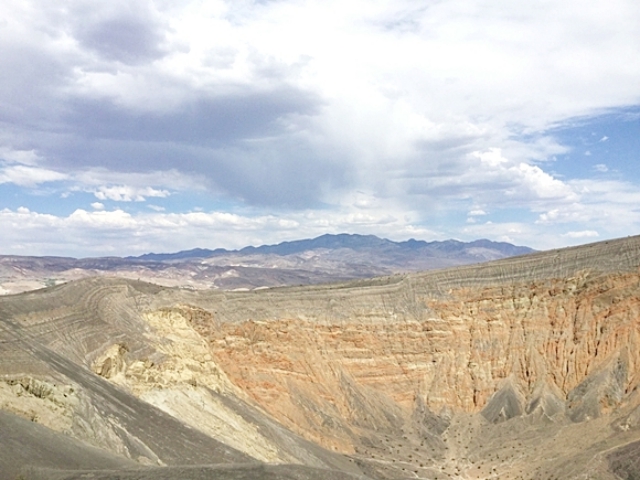
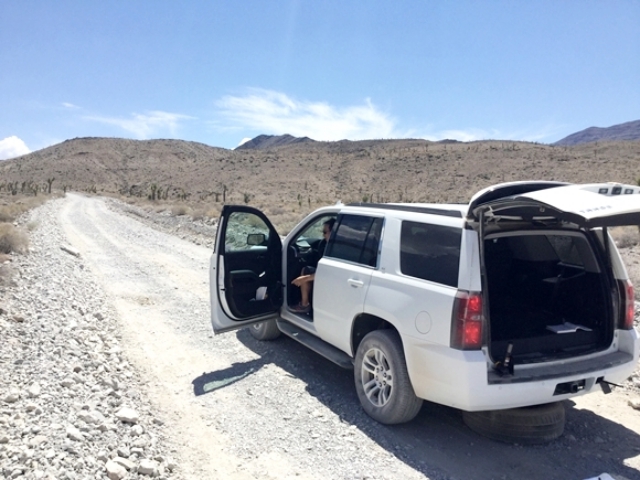
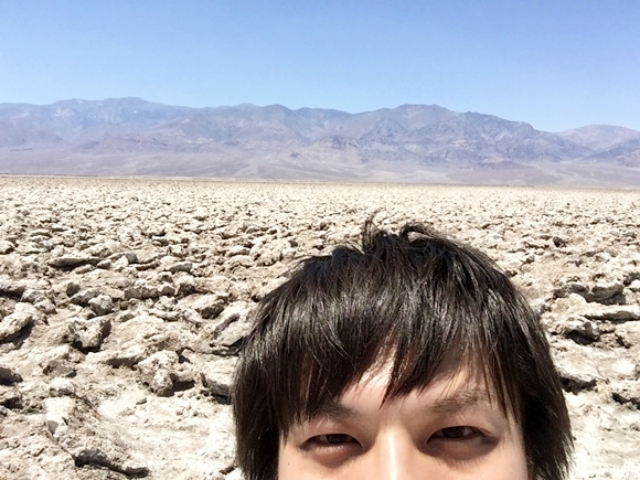
 It’s so hot in Japan that people are cooking food in/on their cars【Photos】
It’s so hot in Japan that people are cooking food in/on their cars【Photos】 We tested out an anti-UV umbrella to see how much it cools us down in this dreadful summer heat
We tested out an anti-UV umbrella to see how much it cools us down in this dreadful summer heat A beginner’s summertime survival guide to Japanese air conditioners – 4 tips to fight the heat
A beginner’s summertime survival guide to Japanese air conditioners – 4 tips to fight the heat We coordinate a head-to-toe look for just 1,000 yen
We coordinate a head-to-toe look for just 1,000 yen Nintendo issues warning to make sure your Switch can handle the heat this summer
Nintendo issues warning to make sure your Switch can handle the heat this summer How to order snacks on a Shinkansen bullet train in Japan
How to order snacks on a Shinkansen bullet train in Japan Burger King Japan suddenly adds Dr. Pepper and Dr. Pepper floats to its menu nationwide
Burger King Japan suddenly adds Dr. Pepper and Dr. Pepper floats to its menu nationwide New Nintendo Lego kit is a beautiful piece of moving pixel art of Mario and Yoshi【Photos】
New Nintendo Lego kit is a beautiful piece of moving pixel art of Mario and Yoshi【Photos】 Hello, cosmetics! Clinique teams up with Hello Kitty this summer for first-time collaboration
Hello, cosmetics! Clinique teams up with Hello Kitty this summer for first-time collaboration Demon Slayer: Kimetsu no Yaiba gets new roller coaster attractions and food at Universal Studios Japan
Demon Slayer: Kimetsu no Yaiba gets new roller coaster attractions and food at Universal Studios Japan 11 different ways to say “father” in Japanese
11 different ways to say “father” in Japanese Kyoto tea merchant’s matcha parfait ice cream bars: The desserts we’ve been waiting 187 years for
Kyoto tea merchant’s matcha parfait ice cream bars: The desserts we’ve been waiting 187 years for East meets West in the Pacific-centered version of the world map
East meets West in the Pacific-centered version of the world map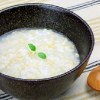 What do you eat when you catch a cold? We asked 11 of our Japanese reporters
What do you eat when you catch a cold? We asked 11 of our Japanese reporters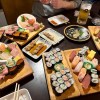 Shinjuku izakaya’s all-you-can-eat-and-drink plan is one of Tokyo’s best secret cheap eats
Shinjuku izakaya’s all-you-can-eat-and-drink plan is one of Tokyo’s best secret cheap eats Nintendo history you can feel – Super NES, N64, and GameCube controllers become capsule toys
Nintendo history you can feel – Super NES, N64, and GameCube controllers become capsule toys “The most Delicious Cup Noodle in history” – Japan’s French Cup Noodle wins our heart【Taste test】
“The most Delicious Cup Noodle in history” – Japan’s French Cup Noodle wins our heart【Taste test】 Starbucks releases a cute Frappuccino and Unicorn Cake…but not in Japan
Starbucks releases a cute Frappuccino and Unicorn Cake…but not in Japan Kyoto Tower mascot termination reveals dark side behind cute Japanese characters
Kyoto Tower mascot termination reveals dark side behind cute Japanese characters McDonald’s Japan’s Soft Twist Tower: A phantom ice cream only sold at select branches
McDonald’s Japan’s Soft Twist Tower: A phantom ice cream only sold at select branches Yabai Ramen: What makes this Japanese ramen so dangerous?
Yabai Ramen: What makes this Japanese ramen so dangerous? Finally! Nintendo Japan expands Switch 8-bit controller sales to everybody, Online member or not
Finally! Nintendo Japan expands Switch 8-bit controller sales to everybody, Online member or not Japanese government wants to build luxury resorts in all national parks for foreign tourists
Japanese government wants to build luxury resorts in all national parks for foreign tourists To combat declining birth rate, Japan to begin offering “Breeding Visas” to foreigners
To combat declining birth rate, Japan to begin offering “Breeding Visas” to foreigners 10 things you should buy at 7-Eleven in Japan
10 things you should buy at 7-Eleven in Japan Studio Ghibli releases anime heroine cosplay dresses that are super comfy to wear
Studio Ghibli releases anime heroine cosplay dresses that are super comfy to wear Woman charged for driving suitcase without a license in Osaka
Woman charged for driving suitcase without a license in Osaka Studio Ghibli unveils My Neighbour Totoro miniature house model
Studio Ghibli unveils My Neighbour Totoro miniature house model Kyoto experiencing problems with foreign tourists not paying for bus fares, but not on purpose
Kyoto experiencing problems with foreign tourists not paying for bus fares, but not on purpose Fighting mild hunger with a Japanese soda that turns into jelly in the stomach【Taste test】
Fighting mild hunger with a Japanese soda that turns into jelly in the stomach【Taste test】 Studio Ghibli’s Howl’s Moving Castle tapestry unveiled in Japan for first time
Studio Ghibli’s Howl’s Moving Castle tapestry unveiled in Japan for first time McDonald’s new Happy Meals offer up cute and practical Sanrio lifestyle goods
McDonald’s new Happy Meals offer up cute and practical Sanrio lifestyle goods Sales of Japan’s most convenient train ticket/shopping payment cards suspended indefinitely
Sales of Japan’s most convenient train ticket/shopping payment cards suspended indefinitely Sold-out Studio Ghibli desktop humidifiers are back so Totoro can help you through the dry season
Sold-out Studio Ghibli desktop humidifiers are back so Totoro can help you through the dry season Japanese government to make first change to romanization spelling rules since the 1950s
Japanese government to make first change to romanization spelling rules since the 1950s Foreigner’s request for help in Tokyo makes us sad for the state of society
Foreigner’s request for help in Tokyo makes us sad for the state of society Ghibli founders Toshio Suzuki and Hayao Miyazaki contribute to Japanese whisky Totoro label design
Ghibli founders Toshio Suzuki and Hayao Miyazaki contribute to Japanese whisky Totoro label design Doraemon found buried at sea as scene from 1993 anime becomes real life【Photos】
Doraemon found buried at sea as scene from 1993 anime becomes real life【Photos】 Tokyo’s most famous Starbucks is closed
Tokyo’s most famous Starbucks is closed Princesses, fruits, and blacksmiths: Study reveals the 30 most unusual family names in Japan
Princesses, fruits, and blacksmiths: Study reveals the 30 most unusual family names in Japan We piss our pants over and over to find the most comfortable Japanese baby diaper to pee in
We piss our pants over and over to find the most comfortable Japanese baby diaper to pee in What colors of clothing will keep you cooler in summer? Japanese researchers experiment
What colors of clothing will keep you cooler in summer? Japanese researchers experiment We taste test Baby Star Ramen on Ice Cream: 10 points apiece for crunchiness, creaminess
We taste test Baby Star Ramen on Ice Cream: 10 points apiece for crunchiness, creaminess Los Angeles’s 2000-calorie XXXL Fatburger destroys our Japanese reporter on trip in the U.S.
Los Angeles’s 2000-calorie XXXL Fatburger destroys our Japanese reporter on trip in the U.S. Here’s one of the first things you should do if you just moved into a new apartment in Japan
Here’s one of the first things you should do if you just moved into a new apartment in Japan Curry for babies? Spending a whole day eating nothing but Japanese baby food【Taste tests】
Curry for babies? Spending a whole day eating nothing but Japanese baby food【Taste tests】 Bottled hot water selling like bottled hot cakes in Japan
Bottled hot water selling like bottled hot cakes in Japan How to make your own KFC bath without Japan’s official Kentucky Fried Chicken bath salts【Video】
How to make your own KFC bath without Japan’s official Kentucky Fried Chicken bath salts【Video】 Hokkaido has an otherworldly giant hot spring that’s easy to miss if you don’t know where it is
Hokkaido has an otherworldly giant hot spring that’s easy to miss if you don’t know where it is Domino’s Pizza Japan creates abomination out of 2.2 pounds of cheese, we order one immediately
Domino’s Pizza Japan creates abomination out of 2.2 pounds of cheese, we order one immediately Clear near beer is here! We taste test Japan’s new zero-alcohol, zero-color brew【Taste test】
Clear near beer is here! We taste test Japan’s new zero-alcohol, zero-color brew【Taste test】 Is Tokyo’s cool-looking Pac-Man curry as terrible-tasting as we’d heard?【Taste test】
Is Tokyo’s cool-looking Pac-Man curry as terrible-tasting as we’d heard?【Taste test】 Japan Weather Association creates new words to describe merciless summer heat
Japan Weather Association creates new words to describe merciless summer heat How to stay cool in Japan this summer? With a mist-spraying Fanbrella
How to stay cool in Japan this summer? With a mist-spraying Fanbrella Google Maps sent us to a forbidden exit from one of Tokyo’s major subway stations
Google Maps sent us to a forbidden exit from one of Tokyo’s major subway stations
Leave a Reply